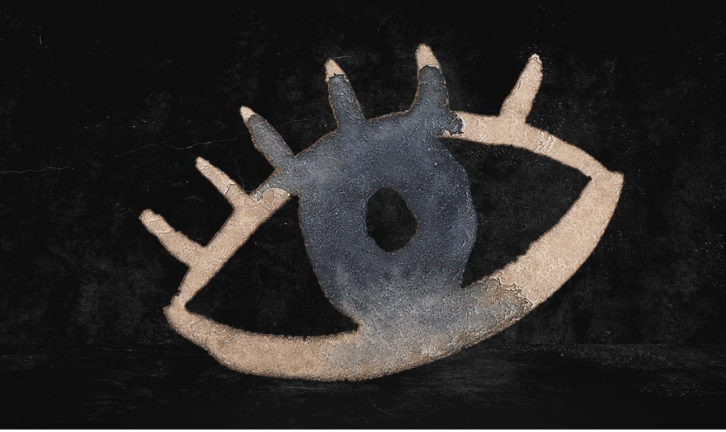Why Iridology?
Unleashing the Power of Your Eyes for Holistic Health
Have you ever looked at your iris in the mirror? Individual iris fibers are pigmented blood vessels that protect the eye to varying degrees, with darker pigments originating in cultures with more sun exposure. The threads or fibers emanate from the pupil. The patterns of the iris (colored part of the eye) and sclera (white part of the eye) reveal information about one’s overall health. Rayid, also known as personality iridology, focuses on relationships and emotions, revealing another piece of the health puzzle.
But hold on, there’s more! The pupil shape reveals information about the central nervous system and the spine. Furthermore,where you see spots or openings, there may be a corresponding organ or tissue that requires relief or support. Have you ever beencurious about what those “bloodshot” eyes reveal? Those red lines are critical to understanding what is going on right now; the irisreveals genetics, inflammation, and degeneration, but the sclera (white of the eye) reveals acquired stresses as well. Unlike the iris,the sclera records improvements when a person changes their lifestyle.
Iridology, also referred to as iris analysis, taps into the extraordinary potential of our eyes to provide a holistic understanding of our physical and emotional health. In this article we will delve into the fascinating world of iridology and explore how this ancient art of eye analysis can unlock the secrets to achieving personal well-being.
Ancient Origins
Iridology, the study of the iris, has a rich history dating back to ancient civilizations. From its roots to its current interpretations, the development of iridology has evolved over time, blending ancient wisdom with modern scientific understanding. The importance of studying the eye as a “window” into the body is not a new concept; Egyptians, cave dwellers, and American Indians have all left us pieces of the puzzle regarding the importance of the eye as a “window” into the body.
The roots of iridology can be traced back to ancient civilizations such as the Egyptians, Chinese, and Greeks. In Egypt, papyrus scrolls dating back to 1500 BC depict the use of iris examination to assess general health. Around 3000 BC, the Chinese noticed the connection between the eyes and various internal organs, and their manuscripts documented the appearance of the iris in relation to certain diseases. The Greeks, including Hippocrates, observed changes in the eye as an indicator of systemic health. An ancient Chinese text says: ‘The liver opens into the eyes’, ‘when the liver receives blood the eyes can see’, or ‘when the liver is harmonized, the eyes can distinguish the five colors’. All the organs contribute their purest energy to the eyes, giving the bright awareness that characterizes harmonious spirit. A healthy liver contributes a relaxed, easy-going internal environment and an even disposition, all of which shine out of the eyes.

“The concept of microcosm and macrocosm is ancient, but now widely accepted in various fields like science, medicine, psychology, ecology, and religion. Global consciousness acknowledges how every part influences the whole. We are interconnected in an intricate system, and our survival depends on understanding this interdependence and responding to it accordingly.”
The ancients linked liver and spleen diseases to emotional conditions, as evidenced by the term "melancholia" meaning "black gall." Blockages in the gall duct can cause black, tarry accumulations in the gallbladder, disrupting bile flow and leading to constipation. Bile in the bloodstream irritates the brain and nerves, causing depression or hysteria. Spleen and lymph node engorgement increases harmful substances in circulation, causing physical and mental lassitude, melancholia, or even mental depression, coma, and death in acute cases.
In the 17th century iridology experienced a revival thanks to the work of prominent doctors and scientists. Philippus Meyens introduced the concept of iridology to Europe in the late 1600s, and his student Ignatz von Peczely laid the foundations for modern iridology. Peczely’s observations and subsequent research led to the mapping of the iris and its relationship to different organs and body systems.
One of the most influential figures in the modern development of iridology is Bernard Jensen. Through his extensive research and clinical practice, Jensen has broadened his understanding and practice of iridology. He developed an iris chart that associatescertain areas of the iris with different organs and tissues in the body, providing a comprehensive system for analysis.
Deniz Irban
@irispectra, 22.07.2023

